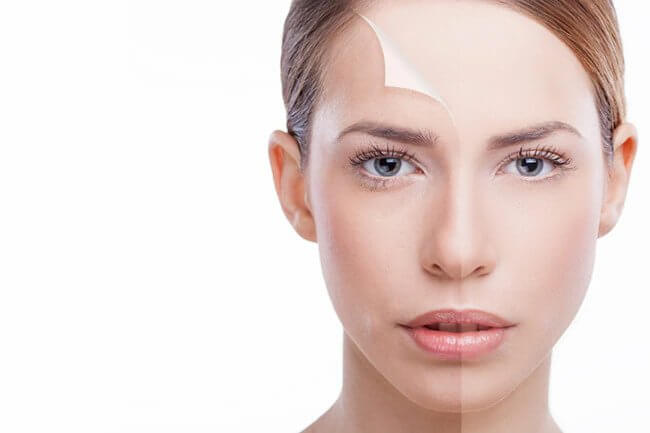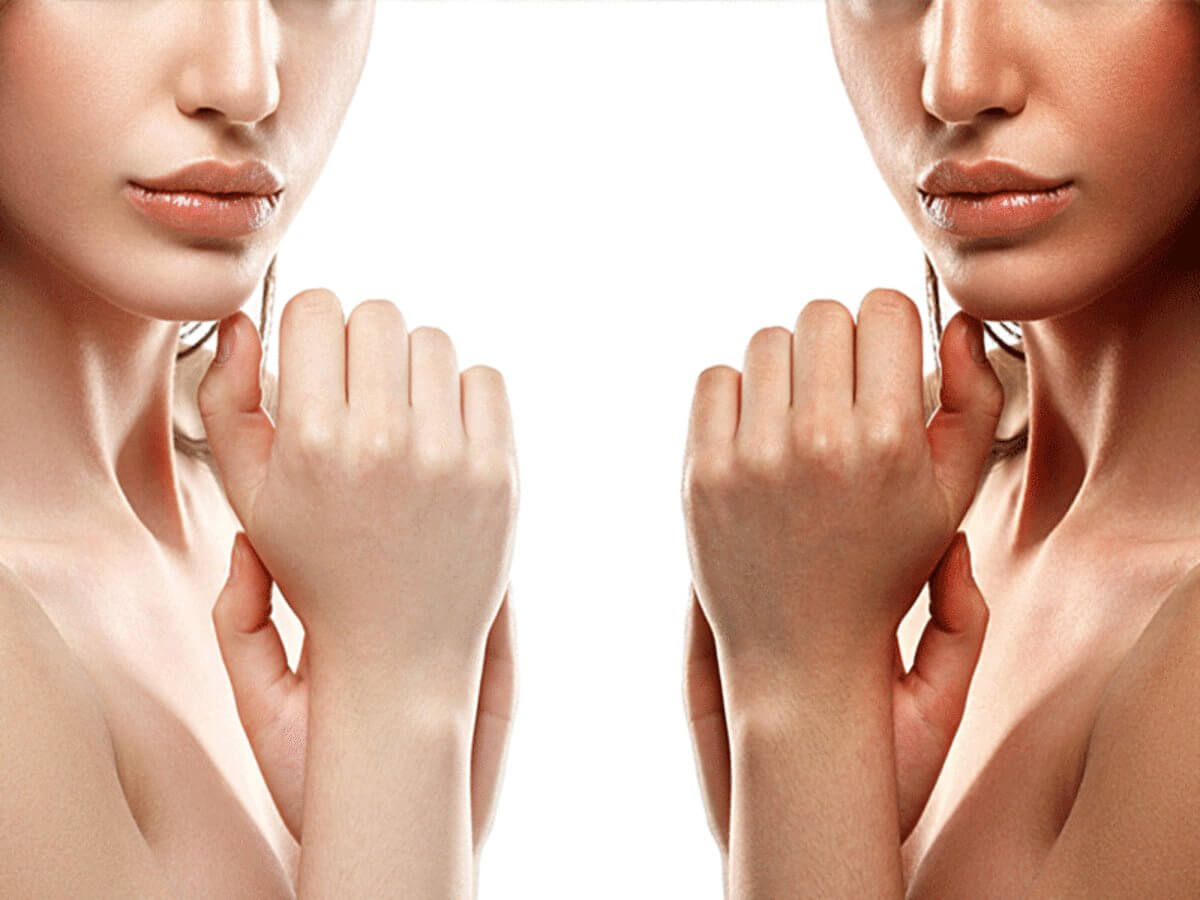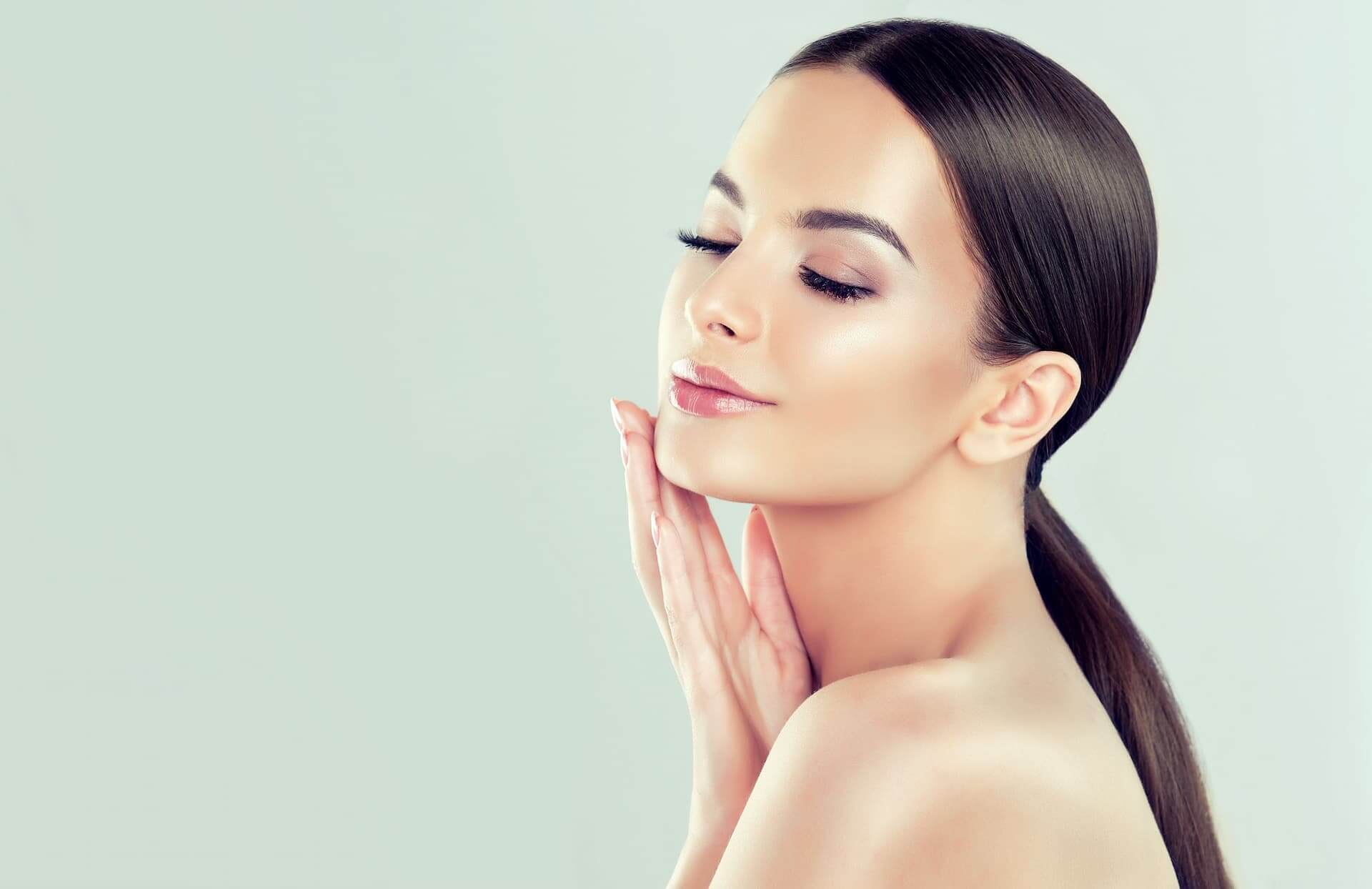Having radiant and even-toned skin is a universal desire, and achieving it involves a combination of a balanced diet, proper skincare, and, in some cases, advanced techniques. In this comprehensive guide, we explore various methods to help you attain the luminous complexion or Unlocking Radiant Skin you’ve always dreamed of.
1. Nourish Your Skin from Within with a Beta-Carotene-Rich Diet:
A key foundation for beautiful skin begins with the foods you consume. Beta-carotene is a pigment that gives certain fruits and vegetables their vibrant orange, red, and yellow colors. It is converted into vitamin A in the body, plays a vital role in promoting skin health and reducing melanin production. Incorporate these beta-carotene-rich foods into your diet:
- Carrots: Carrots are one of the most well-known sources of beta-carotene. They are versatile and can be eaten raw, cooked, or incorporated into various dishes.
- Sweet Potatoes: Sweet potatoes have a rich orange color and are packed with beta-carotene. They can be baked, boiled, or mashed.
- Pumpkin: Pumpkin is another excellent source of beta-carotene. It can be used in soups, stews, and baked goods.
- Butternut Squash: Similar to pumpkin, butternut squash is a flavorful and nutritious vegetable rich in beta-carotene.
- Mangoes: Mangoes are not only delicious but also provide a good dose of beta-carotene. Enjoy them as a snack or use them in smoothies and salads.
- Cantaloupe: This sweet and refreshing melon contains beta-carotene along with other vitamins and minerals.
- Apricots: Apricots, whether fresh or dried, are a tasty way to add beta-carotene to your diet.
- Spinach: While not orange in color, spinach contains beta-carotene along with other beneficial nutrients. Incorporate it into salads, smoothies, and cooked dishes.
- Kale: Another leafy green with beta-carotene content, kale can be added to salads, soups, and sautéed dishes.
- Red Bell Peppers: These peppers are rich in both beta-carotene and vitamin C, making them a nutritious addition to your meals.
- Papaya: Papaya is a tropical fruit that contains a good amount of beta-carotene. Enjoy it on its own or in fruit salads.
- Cabbage: Green cabbage also contains beta-carotene and can be used in a variety of recipes.
- Broccoli: Broccoli is a cruciferous vegetable that provides beta-carotene along with other health-promoting compounds.
- Winter Squash: Varieties like acorn squash and Hubbard squash are rich in beta-carotene and can be roasted or used in recipes.
- Dried Apricots: Dried apricots are a convenient and portable source of beta-carotene.
Incorporating a variety of these beta-carotene-rich foods into your diet can help support healthy skin and overall well-being. Remember that a balanced and diverse diet is key to obtaining a wide range of nutrients.Apart from this
- Include vitamin C-rich foods such as citrus fruits, strawberries, and bell peppers. Vitamin C brightens the skin and diminishes the appearance of dark spots.
- Boost your antioxidant intake with berries, and nuts to protect your skin from free radical damage.
- Stay hydrated by drinking plenty of water to maintain skin health.
2. Sun Protection: Your Shield Against Uneven Skin Tone:
Shielding your skin from harmful UV rays is paramount in preventing further pigmentation. Integrate these practices into your routine:
- Broad-Spectrum Sunscreen: Prioritize daily use of a broad-spectrum sunscreen with at least SPF 30, regardless of the weather.
- Protective Clothing: Embrace wide-brimmed hats, sunglasses, and UV-protective clothing for added defense.
Click here to get Sunscreen (India), for Canada Click hereRead also: Tanning Undone: Home Remedy for Tan Removal3. Nourishing DIY Face Pack for Achieving a Radiant Complexion – Unlocking Radiant Skin
If you’re seeking a natural approach to attain an even and radiant skin tone, look no further than this nourishing DIY face pack. This gentle remedy combines the power of readily available ingredients to help improve your skin’s appearance over time. Follow this simple regimen for a week to experience potential benefits:
Ingredients:
- Rice flour: 1 tablespoon
- Yoghurt (Dahi): 1 tablespoon
- Potato Juice: Extracted from one small potato
- Gulab Jal (Rose Water): 1 tablespoon or Lemon Juice (optional): Few drops
Instructions:
- In a mixing bowl, combine 1 tablespoon of rice flour, 1 tablespoon of yoghurt, 1 tablespoon of gulab jal (rose water), or few drops of lemon juice.
- Mix the ingredients well to create a smooth paste.
- If you have sensitive skin or are using lemon juice, apply the paste on alternate days to avoid overexfoliation.
- Gently cleanse your face before application to ensure the best results.
- Apply the paste evenly to your face or the affected area, avoiding the delicate eye area.
- Leave the face pack on for 15-20 minutes, allowing the natural ingredients to work their magic.
- Rinse off the face pack using lukewarm water and pat your skin dry with a clean towel.
Usage:
- For optimal results, apply this DIY face pack consistently for a week.
- If using lemon juice, remember to apply on alternate days to prevent skin irritation.
- After a week of use, take a break from the regimen to give your skin a chance to adjust and avoid overexfoliation.
This DIY face pack harnesses the brightening and exfoliating properties of rice flour, the moisturizing effects of yoghurt, the soothing qualities of gulab jal (rose water), and the potential benefits of lemon juice and potato juice. By incorporating this regimen into your skincare routine, you may experience a gradual improvement in your skin's texture and tone. As with any skincare routine, individual results may vary, and it's always advisable to perform a patch test and consult with a dermatologist if you have any concerns. Embrace this natural approach and embark on your journey towards achieving a more radiant complexion.4. Nighttime Skincare Routine for Enhanced Complexion (Unlocking Radiant Skin): Vitamin C, Glycolic Acid, and Kojic Acid
Unveil a rejuvenated complexion by incorporating potent ingredients into your nightly skincare routine. Vitamin C, Glycolic Acid, and Kojic Acid work synergistically to help improve skin tone, texture, and overall appearance. Follow these steps to maximize their benefits:
Step 1: Cleansing
- Begin by cleansing your face with a gentle cleanser to remove makeup, dirt, and impurities. Pat your skin dry with a clean towel.
Step 2: Vitamin C Serum
- Apply a few drops of Vitamin C serum to your face and gently massage it into your skin. Vitamin C is renowned for its brightening properties and can help reduce the appearance of dark spots and uneven skin tone.
Click here to get Vitamin C Serum (India), for Canada Click hereStep 3: Glycolic Acid Treatment
- On alternate nights, incorporate Glycolic Acid into your routine. Apply a Glycolic Acid treatment according to the product’s instructions. Glycolic Acid is a chemical exfoliant that helps to promote cell turnover, revealing fresher and brighter skin.
Click here to get Glycolic Acid (India), for Canada Click hereStep 4: Kojic Acid Application
- On the nights you’re not using Glycolic Acid, apply a product containing Kojic Acid. Kojic Acid is known for its potential to inhibit melanin production, which can help lighten dark spots and hyperpigmentation.
Click here to get Kojic Acid (India), for Canada Click hereStep 5: Moisturization
- After allowing the serum and acids to absorb for a few minutes, apply a moisturizer suitable for your skin type. A moisturizer helps lock in hydration and soothes your skin, reducing the risk of dryness or irritation from the active ingredients.
Step 6: Night Cream or Treatment (Optional)
- Depending on your skin’s needs, you can also include a nourishing night cream or treatment to provide additional hydration and rejuvenation.
Important Tips:
- Always perform a patch test before introducing new products, especially those containing active ingredients like Glycolic Acid and Kojic Acid.
- Start slowly and gradually increase the frequency of product use to allow your skin to adjust.
- If you experience any irritation, redness, or discomfort, discontinue use and consult a dermatologist.
- Apply a broad-spectrum sunscreen with SPF during the day to protect your skin from potential sun sensitivity caused by exfoliating ingredients.
By incorporating Vitamin C, Glycolic Acid, and Kojic Acid into your nighttime skincare routine, you're taking proactive steps towards achieving a more radiant and even complexion. Consistency and patience are key to seeing the full benefits of these potent ingredients. If you have specific skin concerns or conditions, it's advisable to consult with a dermatologist for personalized guidance.5. Advanced Skin Brightening Techniques (Unlocking Radiant Skin): Bleaching and Chemical Peels
For individuals seeking more advanced approaches to achieve a brighter and more even skin tone, the use of bleaching agents and chemical peels can offer effective solutions. These techniques, when performed correctly and under professional guidance, can help address specific skin concerns and provide noticeable results. Here’s an overview of these advanced options for Unlocking Radiant Skin:
1. Bleaching:
- What is Bleaching: Skin bleaching involves the use of topical products containing ingredients like hydroquinone, alpha arbutin, or kojic acid. These ingredients work to lighten areas of hyperpigmentation and uneven skin tone.
- How to Use: Follow the instructions provided by a dermatologist or the product packaging carefully. Apply the bleaching agent only to the affected areas and avoid the sensitive eye area. Sunscreen is crucial when using bleaching agents to prevent further pigmentation.
- Professional Guidance: It’s essential to consult a dermatologist before using any bleaching products, as they can recommend the appropriate product and concentration for your skin type and concerns.
Click here to get Bleach (India), for Canada Click here2. Chemical Peels:
- What are Chemical Peels: Chemical peels are professional treatments that involve applying a solution to the skin to exfoliate the top layer, revealing smoother, more even-toned skin beneath. Different types of peels, such as glycolic acid, lactic acid, or salicylic acid peels, can be used depending on the skin’s needs.
- Procedure: Chemical peels are typically performed by a licensed dermatologist or skincare professional. The strength and type of peel will be determined based on your skin’s condition. The procedure involves applying the peel solution, which is then neutralized and washed off after a specified time.
- Benefits: Chemical peels can effectively address uneven skin tone, sun damage, fine lines, and mild to moderate hyperpigmentation.
- Aftercare: Following a chemical peel, it’s crucial to follow the post-treatment instructions provided by your dermatologist. This often includes gentle cleansing, moisturizing, and using sunscreen to protect the newly exposed skin.
Click here for Chemical peels (India), for Canada Click here Important Considerations:
- Both bleaching and chemical peels should be performed under the guidance of a qualified dermatologist or skincare professional.
- Individual results may vary, and multiple sessions may be required to achieve desired outcomes.
- Sun protection is essential before and after these treatments to prevent further pigmentation and protect your skin from UV damage.
While bleaching and chemical peels can provide effective results, it's important to prioritize your skin's health and safety. Consultation with a dermatologist is crucial to determine if these advanced techniques are suitable for your skin type, concerns, and goals. A personalized approach will ensure that you achieve the best possible results while minimizing potential risks.Remember, achieving radiant skin is a journey that requires consistency, patience, and personalized care. Always consult a dermatologist before incorporating advanced techniques and tailor your approach to your unique skin type and needs. By integrating these practices into your lifestyle, you'll be well on your way to unlocking the radiant and even complexion you desire.

